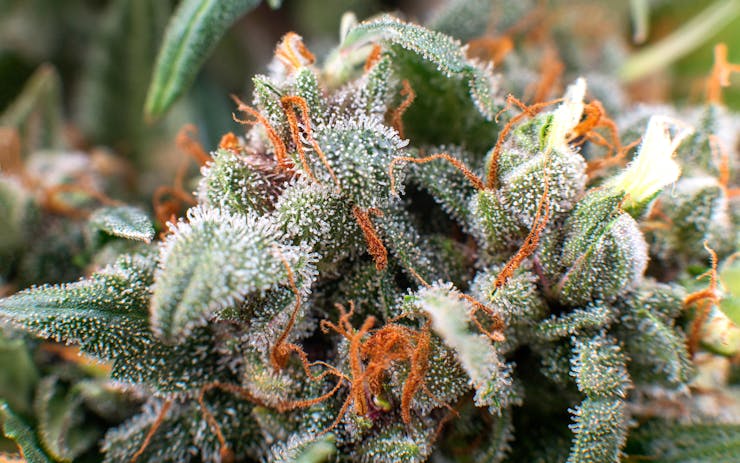This article was created to help budtenders make the right recommendations to their medical marijuana patients. For more cannabis business resources, check out how Leafly can help your business.
If you’re a budtender, picture this everyday scenario: a patient or customer just stepped into your cannabis shop and he or she would like to know what strain you recommend. They clue you into some of their symptoms, or maybe they tell you they prefer indica strains. These surface-level details are a great start to the matchmaking process, but a deeper understanding of what makes each strain unique can add new layers of appreciation for cannabis as both a medicine and a delicacy. Besides, what’s the point of stocking your shelves with all those strains if you don’t understand the nuances that differentiate them?
This guide is meant to take you down a path of considerations to keep in mind when recommending a strain, starting with the basics.
1. Know Your Patient’s Needs
The obvious first step to a strain recommendation is asking what kind of symptom relief your patient is looking for. Be discrete and respectful when asking, letting the patient decide how much or how little detail to give. This is particularly important in shops where more than one patient is served at a time.
Once you have an idea of your patient’s targeted symptoms, you can supplement your knowledge with Leafly’s symptom and condition filters for a list of strains that have been anecdotally vetted by our community.
2. Know Your Cannabinoids and Terpenoids
The single most important detail to consider when recommending a strain is its chemical profile, or its cannabinoid and terpene contents. This will only be possible with batch tested products since every harvest and extract run varies based on production factors, and lab results would also recognize the presence of harmful pesticides and contaminants.
Cannabinoids and terpenes offer their own unique set of benefits, and while THC and CBD are the two primary compounds of interest, there are plenty more that can help inform your recommendation. Pinene, for example, is a terpene that promotes alertness while fighting inflammation. And then there’s THCV, which lends cannabis its energizing effects and suppresses the appetite.
Use our cannabinoid graphic to help you match symptoms and conditions with the right compound, or refer to our terpene resources to find out how to follow your nose to the right medicine.
3. Know Your Grower
You may know the indica/sativa classification of a strain and its parent genetics, and, you may have even tried every product on the shelf. Sometimes, however, there’s information about a strain you can only know by talking with its grower. For example, is this an unusual phenotype that delivers different effects? Does this strain have genetic variations that fall under the same name? Getting the finer details from your grower is sometimes the only way to fully understand the products in your inventory.
For more information on how each strain and batch differ, check out our resource on cannabis genotypes and phenotypes.
4. Know What’s on the Shelf
It’s helpful to patients when budtenders have tried all the products firsthand, particularly when you consider some of the subtle variations within any given strain. However, this last guideline comes with a caveat: the strain may not affect the patient in the same way, so this personal experience should really only supplement some of the more objective facets of the strain, such as genetics and chemical profiles. A patient’s tolerance and brain chemistry, for example, could create a massive gap between how they would experience Bubba Kush versus how you experience it.





